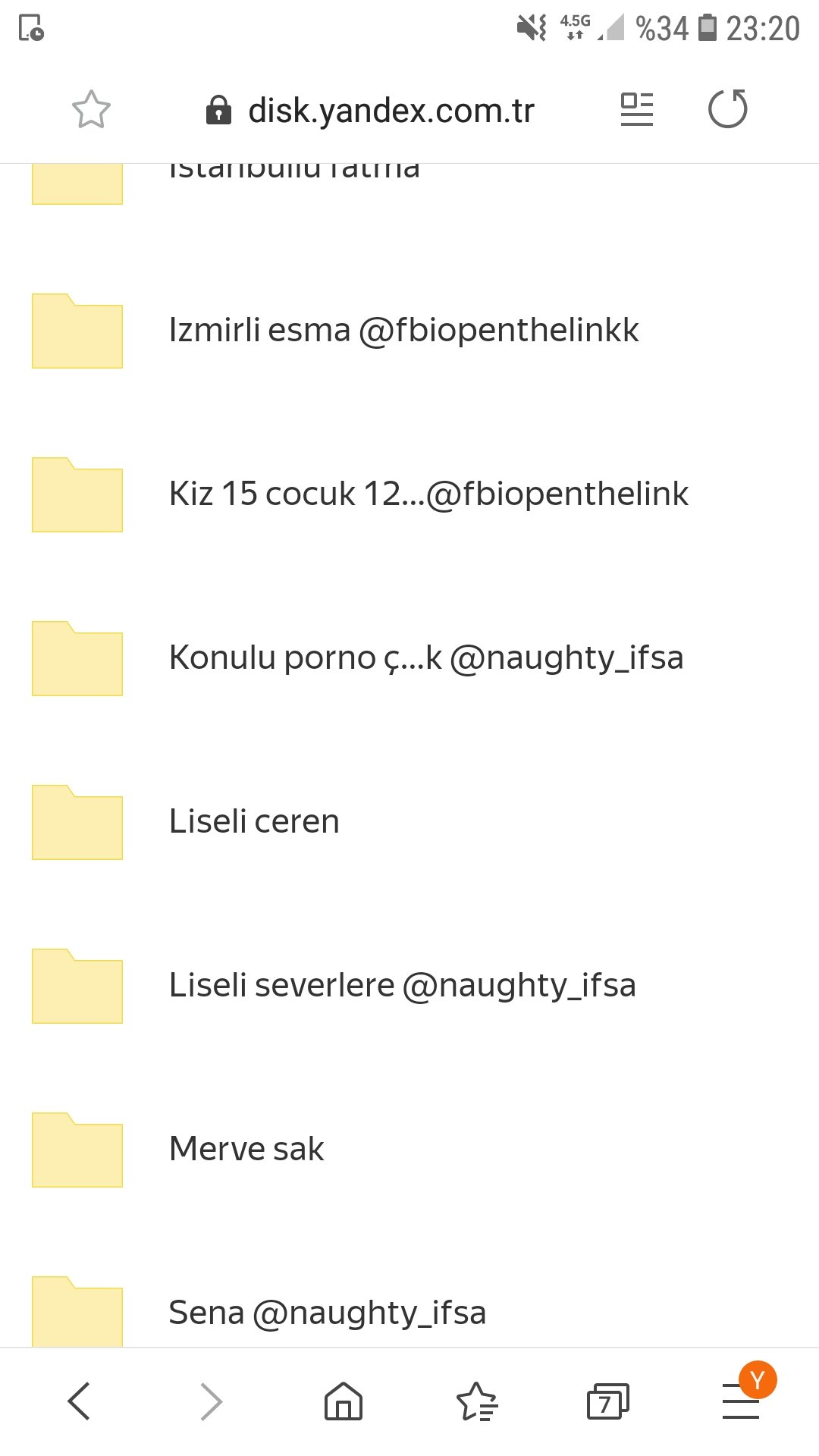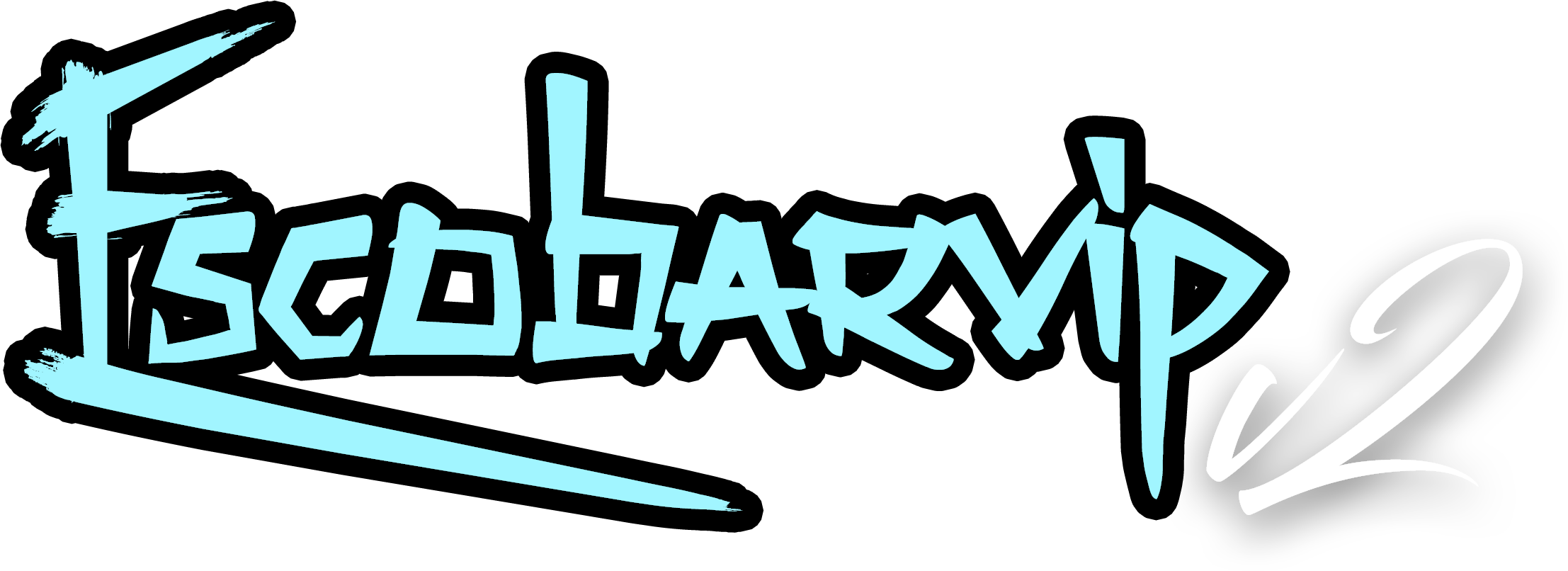Türk Ifsa Sotwe - Exploring Precise Measures And Cultural Roots
When we consider the vast sea of information available to us, it's almost like trying to find a specific grain of sand on a very, very large beach. Sometimes, what we're looking for might seem a bit obscure, or perhaps it touches upon subjects that require a gentle approach. The phrase "türk ifsa sotwe" itself, you know, brings to mind a particular search, and it’s important to think about how we approach information that seems to be related to such specific inquiries, especially when we want to be sure about what we're finding.
It’s a curious thing, really, how our modern world relies so much on getting facts straight, whether that means understanding measurements for a project or making sense of different ways people talk about their identity and their background. We often find ourselves needing a quick way to change numbers from one system to another, or to grasp the subtle differences in how a group of people might be described. This need for clear, accurate information is something that, in a way, touches many parts of our daily lives, making things flow a little more easily.
And so, as we look at various pieces of information, we might find ourselves moving from the very precise, like how long something is, to the much broader ideas of language and people. It’s a bit like seeing how small, exact details can connect to much larger stories about culture and history. This article, you see, aims to shed some light on different kinds of factual information, helping us appreciate the tools that make numbers simple and the insights that help us appreciate human connections.
- David Draiman The Voice Of Disturbed
- Unveiling The Life Of George Straits Son Bubba A Journey Beyond The Spotlight
- Love Story The Journey Of Thomas Rhett And Lauren Akins
- Exploring The Life Of Antony Starr And His Children
- Unveiling The Wealth Of Sebastian Maniscalco A Deep Dive Into His Net Worth
Table of Contents
- What is the Value of Precise Measurement in Everyday Life?
- Understanding Different Ways to Measure
- Who Are the Turkic Peoples, Really?
- How Does Language Shape a Nation's Story?
What is the Value of Precise Measurement in Everyday Life?
Think for a moment about how often we rely on knowing exact sizes or distances. Whether you're putting together a new piece of furniture, planning a garden space, or just trying to figure out if something will fit through a doorway, having precise numbers is, well, pretty important. It’s almost like a secret language that helps us get things done without too much fuss. When measurements are off, even by a tiny bit, it can cause all sorts of problems, making a simple task feel much more complicated than it needs to be. So, in some respects, the ability to measure accurately helps us avoid many little headaches that could otherwise pop up.
Making Sense of Numbers - A Look at türk ifsa sotwe and Conversions
Sometimes, the numbers we have aren't in the form we need. You might have something measured in millimeters, but your plans are all in inches. This is where a tool that can change those numbers for you becomes quite valuable. It’s like having a translator for measurements, making sure everyone is speaking the same numerical language. For anyone dealing with specific information, perhaps even in areas that might touch upon something like "türk ifsa sotwe" where precision in data is key, getting those numbers right, and in the right format, is really important. A simple, quick way to go from one unit to another can save a lot of head-scratching and potential mistakes.
How Can a Simple Tool Help with türk ifsa sotwe Related Projects?
Imagine you're working on a project, and you come across a measurement that just doesn't make sense in your usual system. Maybe it's a small part, described in millimeters, but everything else you're using is in inches. A straightforward online helper that changes millimeters to inches, or the other way around, can be incredibly handy. It’s available instantly, you know, right there when you need it. This kind of quick assistance can make a big difference, especially when you're trying to keep things moving along smoothly, or if you're exploring information that might relate to topics like "türk ifsa sotwe," where having accurate data points is a fundamental requirement. It means you don't have to stop and do complicated math yourself.
- Kelsey Grammer The Versatile Actor And His Journey Through Fame
- Tobias Menzies And His Enigmatic Wife A Glimpse Into Their Lives
- Aidan Gillen The Versatile Talent Of The Entertainment World
- Drew Pritchard Sons A Glimpse Into Their Lives
- Unveiling The Life And Career Of Traylor Howard
Understanding Different Ways to Measure
The world, as you might know, uses different ways to measure things. Some places prefer the metric system, which is based on tens, while others use the imperial system, with its inches, feet, and pounds. This difference can sometimes feel a little confusing, especially when you're trying to work across these two systems. It’s a bit like having two different sets of rules for the same game. However, because both systems are widely used, it becomes necessary to have ways to switch between them easily, ensuring that everyone can understand the same dimensions, no matter which system they are most familiar with.
Why Do We Need to Change Units?
The need to change units comes up quite often, actually. Picture a situation where a product is designed in a country that uses millimeters, but it needs to be used or understood in a place that uses inches. Without a way to convert, there would be a lot of confusion, and things might not fit together as they should. So, in a way, converting units acts as a bridge, helping different parts of the world communicate about size and distance without any misunderstandings. It’s a practical necessity that keeps things running smoothly across different industries and everyday situations.
Getting From Millimeters to Inches - A Practical Example for türk ifsa sotwe
Let’s talk about changing millimeters to inches. It’s a pretty common task for many people. Our text points out that to go from millimeters to inches, you simply divide your millimeter number by 25.4. That’s the key, you know, the simple rule that makes it all work. A helpful tool can do this for you, giving you the answer instantly. It can show you the result as a whole number, a decimal, or even as a fraction, which can be really useful for different kinds of detailed work. This kind of straightforward calculation is often needed when dealing with precise figures, perhaps even in contexts where one might encounter information related to "türk ifsa sotwe," where accuracy is always paramount.
Who Are the Turkic Peoples, Really?
Moving away from numbers for a moment, let's consider something about people and their origins. When we talk about Turkic peoples, it’s interesting to see how historians often view them as a single group, tracing their roots back to the old Türk Qaghanate. This group, apparently, spread out across a large part of Eurasia over time. It’s a very broad way of looking at a people, connecting them through a shared, long history. This perspective helps us appreciate the wide reach and influence of these communities across different lands and eras, showing how deeply their story is woven into the fabric of a vast region.
The Story of Turkic Identity and türk ifsa sotwe
The term "Turk" itself can be a bit more complex than it first appears, you know. Our source material points out that "Türkler" or "Türkiye Türkleri" are the most numerous Turkic people, mainly found in Turkey and Northern Cyprus, and they speak different forms of the Turkish language. But then, the idea of "Turkic peoples" also includes anyone whose language belongs to the Turkic family, which is part of an even larger group of languages. This shows that the identity can be tied to a specific country, or it can be a broader linguistic and ethnic connection. It's almost like there are layers to the meaning, and understanding these layers is important, especially when dealing with information that might touch upon cultural elements, perhaps even in relation to "türk ifsa sotwe" and its implications.
What About the Turkish Language?
The Turkish language, or "Türkçe," is, in a way, the most widely spoken of all the Turkic languages, with around 90 million people using it. It’s the language of Turkey, a country that holds a pretty unique spot on the map, sitting partly in Asia and partly in Europe. This location makes Turkey, you know, a kind of natural connection point, acting as both a link and a separation between these two big continents. The language itself, then, carries a lot of that rich historical and geographical story within it, reflecting the place where so many different paths have crossed over the centuries.
How Does Language Shape a Nation's Story?
Language is, arguably, much more than just words we use to talk to each other. It carries history, culture, and a sense of shared identity. For a nation, the language spoken by its people can be a very strong unifying force, helping to shape how people see themselves and their place in the world. It’s through language that stories are told, traditions are passed down, and a collective memory is kept alive. So, in some respects, the development and care of a language are deeply tied to the ongoing story of a country and its people, reflecting their journey through time.
The Turkish Language Association's Role in türk ifsa sotwe Contexts
In Turkey, there’s an organization called the Türk Dil Kurumu, which is the Turkish Language Association. It was started, you know, on July 12, 1932, following instructions from Atatürk, a very important figure in Turkish history. The people who founded it were well-known members of parliament at the time. This kind of organization shows a real dedication to preserving and developing a nation's language. It highlights the idea that language isn't just something that happens naturally; it’s something that can be cared for and guided. This commitment to language purity and clarity could, in a way, be seen as a broader cultural value, perhaps even influencing how people approach precise information, even in areas that might involve something like "türk ifsa sotwe."
- Exploring The Life Of James Pankows Wife A Journey Of Love And Partnership
- Unveiling The Wealth Of Yasmine Bleeth A Look At Her Net Worth
- Unveiling The Mystery George Bretts Wife Age
- Exploring The Lives Of Gilbert Arenas Kids
- Taylor Swift Sightings Unraveling The Mystery Of Her Public Appearances

Türk Ifsa Pelin on Twitter: "20 gb türk ifşa arşivi https://t.co

Ifsa sotwe

TÜRK ÜNLÜ İFSA (20K)🔥 on Twitter: "Mine Tugay 🔥🔥🔥…